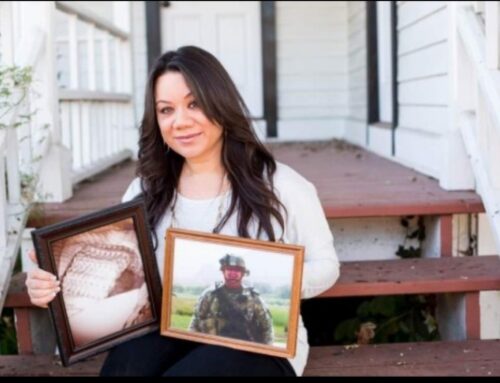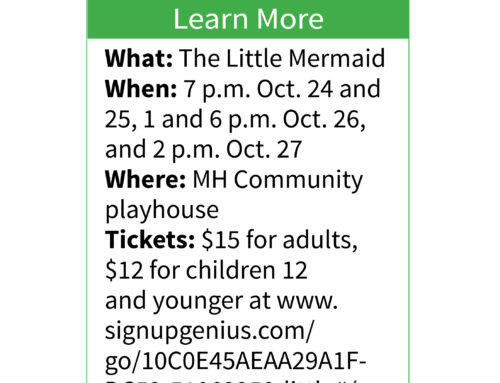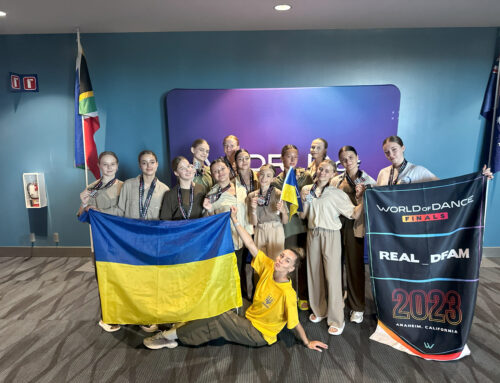Published in the Oct. 14-27, 2015 issue of Morgan Hill Life
By Cheryl McElvain
Learning doesn’t happen alone. It happens when children socially interact with their parents, teachers and the local community.
The Bridge Project, a recent research study I conducted in Morgan Hill, examined the academic and social effects of an after-school tutoring program on 25 Pre-K to 6th-grade Mexican immigrant children living in an affordable housing community. The results of the study were published in an article I wrote for the July 15, 2015 issue of The Journal of Latinos and Education.
The Bridge Project program operated in the community center of a Morgan Hill complex where the children and their families live.
The goal of the study was to examine the effects of the program on the children’s reading achievement, English language development and psychosocial development. The children met with community volunteers Mondays through Thursdays for two hours a day, spending the time reading books in literature circles and completing their homework.
The relational engagement of the one-on-one tutoring experience and frequent family contact was expected by program organizers to enhance the children’s academic performance and sense of belonging.
After a two-year period, the results of the research study found that the children’s reading comprehension increased by an average of 2.8 grade levels. Even more, their English proficiency increased as well as their levels of confidence, social skills, motivation to learn, and their ability to ask important questions. The study concluded that residentially-based community organizations can have the credibility and relational trust to effectively engage youth who are falling behind in school.
Community-based, after-school programs offer opportunities to reinforce school learning in a culturally-friendly environment often absent in the school context. Neighborhood out-of-school learning programs that focus on the whole child, including home life and social influences, can address the sociocultural and academic learning needs that help students unlock struggles with language and academic concepts.
The results of this study support my belief that all successful childhood educational programs exist within a social ecological framework. Children don’t learn in silos of isolation. They bring to each new learning experience the relationships they have forged with their family, friends, and community contacts. That’s why it is incumbent upon the schools and the community to bridge the gap between social interactions that exist both inside and outside of school.
Communities that collaborate for the common good are based on relationships that are forged with individuals. The parents within the Morgan Hill study shared their parenting struggles when a compassionate volunteer made a home visit. Children flourished when an empathetic tutor reached out to explain. An isolated community was transformed when its members listened and planted a vision for collaboration.
The Bridge Project after-school program was not sustained through monetary donations. Instead, it was conceived and maintained by caring individuals who envisioned vulnerable local children and their families as community assets rather than liabilities. People connecting with people on an ongoing personal basis created a network of resources necessary for building a thriving community of hope.
The Bridge Project currently operates in two affordable housing communities in Morgan Hill.
It continues to involve community members who generously donate their time, talent and financial resources. If you would like to be involved in the Bridge Project, please contact Larry McElvain at [email protected] or Michelle Montoya at [email protected] at the Discovery Counseling Center in Morgan Hill.
Cheryl McElvain, Ed. D., is a lecturer in the Department of Education at Santa Clara University and a Morgan Hill resident. She wrote this column for Morgan Hill Life.







